RØDE NT1 5th Generation review: Now boasting innovative USB and DSP technology
The legendary all-round studio workhorse now incorporates ‘unclippable’ USB and DSP technology to enable recording directly into your DAW.

Review Overview
Our rating
10
Our verdict
⊕ Warm and flattering midrange
⊕ Sparkling high-frequency response
⊕ Unique dual XLR and USB connectivity
⊕ DSP tech with classic Aphex Aural Exciter
⊖ Fixed cardioid polar pattern only
⊖ Some sample rates not catered for
It’s not unusual for a heritage product such as RØDE’s NT1 condenser microphone to be given a makeover once in a while. What is unusual, though, is for a well-loved studio mic with a history spanning more than 30 years to re-launch with additional groundbreaking, game-changing technology. We smell a microphone revolution in the air…
You might not need an introduction to the NT1. As popular studio mics go, RØDE’s flagship model is as coveted as any legacy product from competing, illustrious German and Austrian manufacturers.
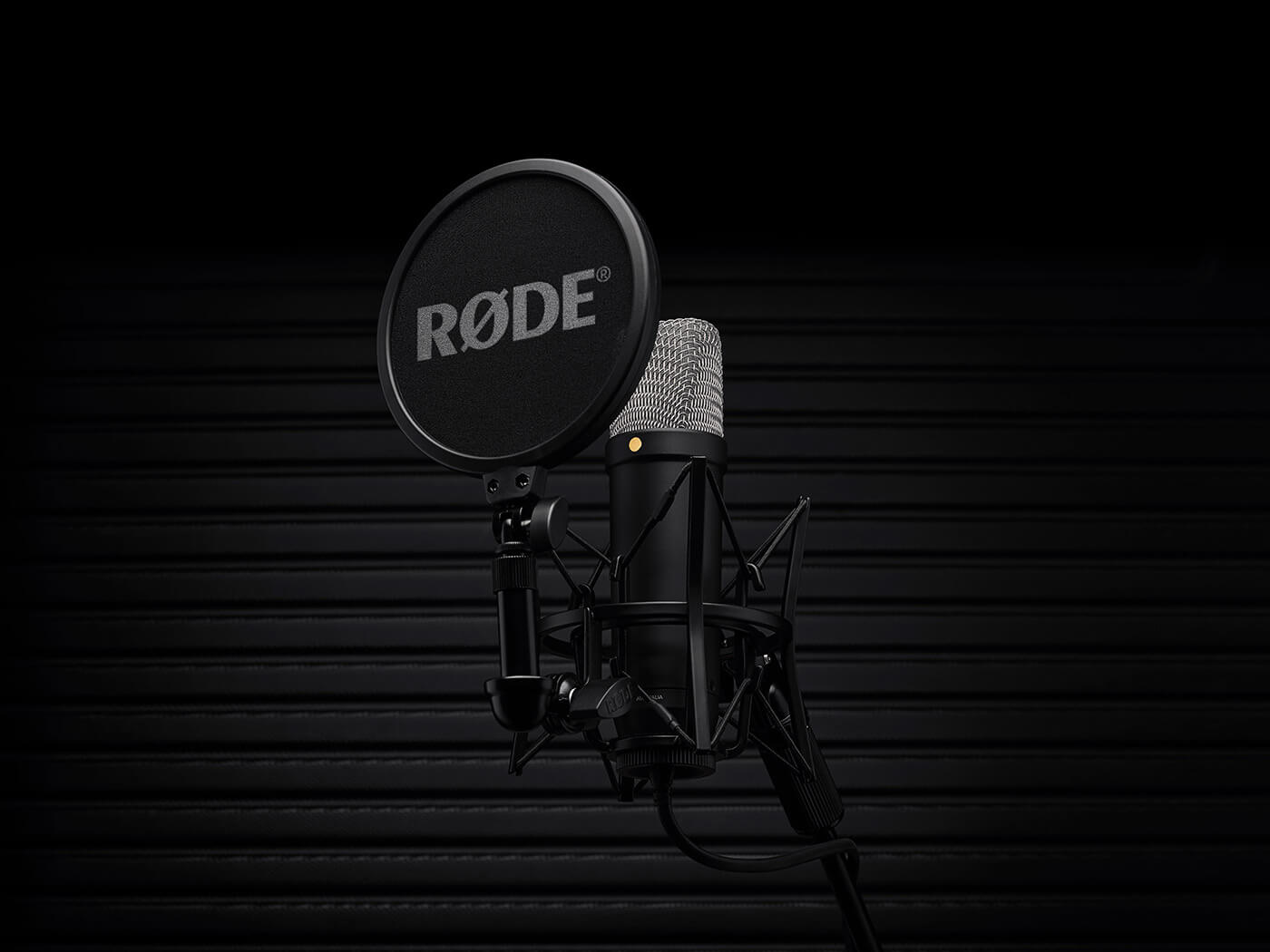
For those who may be unfamiliar with the back story, however, here’s a brief history: Australian company RØDE launched the original NT1 in 1992, when it took both the professional studio and the then-emerging home studio market by storm. Up until then, pro-grade large-diaphragm condenser mics were, almost without exception, prohibitively expensive for all but the most well-heeled of home producers. The eminently affordable NT1 changed all that; it’s the best-selling condenser mic in the world.
Now in its fifth generation, the latest incarnation of the mic offers the same sonic performance as its predecessor, but now incorporates intelligent tech that looks set to reimagine what we think a studio workhorse microphone should be.
So what of this new tech? RØDE has developed a state-of-the-art patent-pending Dual Connect output that features both an XLR and USB-C connector in the same housing. This means it can be connected to an interface, mixer or computer for plug-and-play recording.
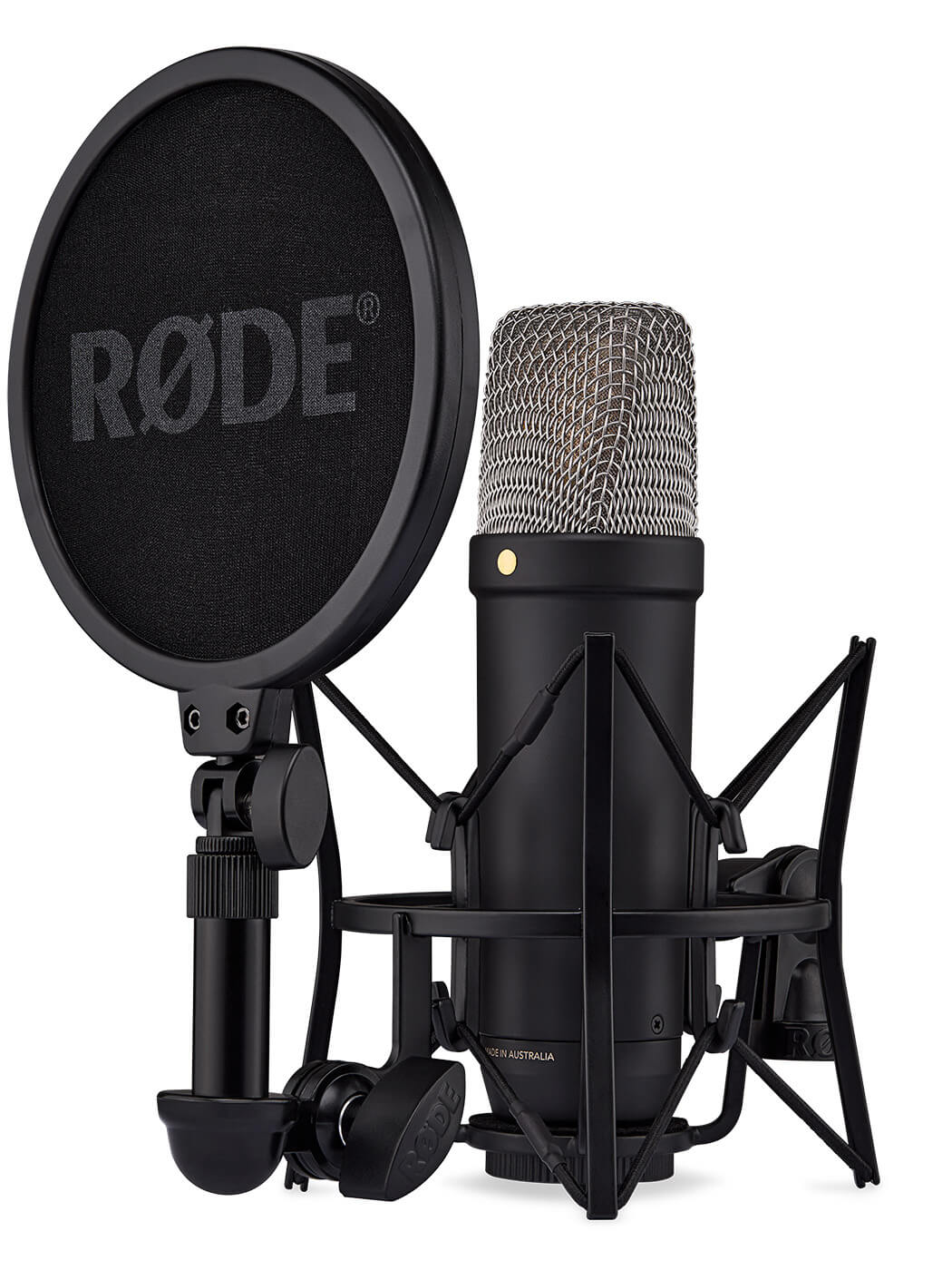
When using the XLR output, it works the same as previous versions of the NT1 and the analogue signal path is completely separate from the digital output. It offers the same extended frequency response and high SPL handling as the NT1, while RØDE claims to have reduced the noise floor to 4dBA, making it the quietest studio condenser microphone available, they tell us. So if you want to connect it to an analogue preamp, crank it up and burn your signal onto tape with proper old-school saturation, it’s the same as it ever was.
The digital side, however, is where things get really interesting. RØDE has included a pro-grade audio interface inside the NT1. It features the company’s ultra-low-noise Revolution preamp, hi-res A/D (up to 192kHz, however only multiples of 48kHz are available), and advanced digital signal processing. It also has a 32-bit floating-point digital output.
32-bit floating point is a recording format that gives you an ultra-wide dynamic range, allowing you to adjust your levels after recording in case your audio has clipped or is too quiet, without loss of audio information or introducing noise to your signal. This means you don’t need to set your gain before recording and there is no risk of clipping your signal.
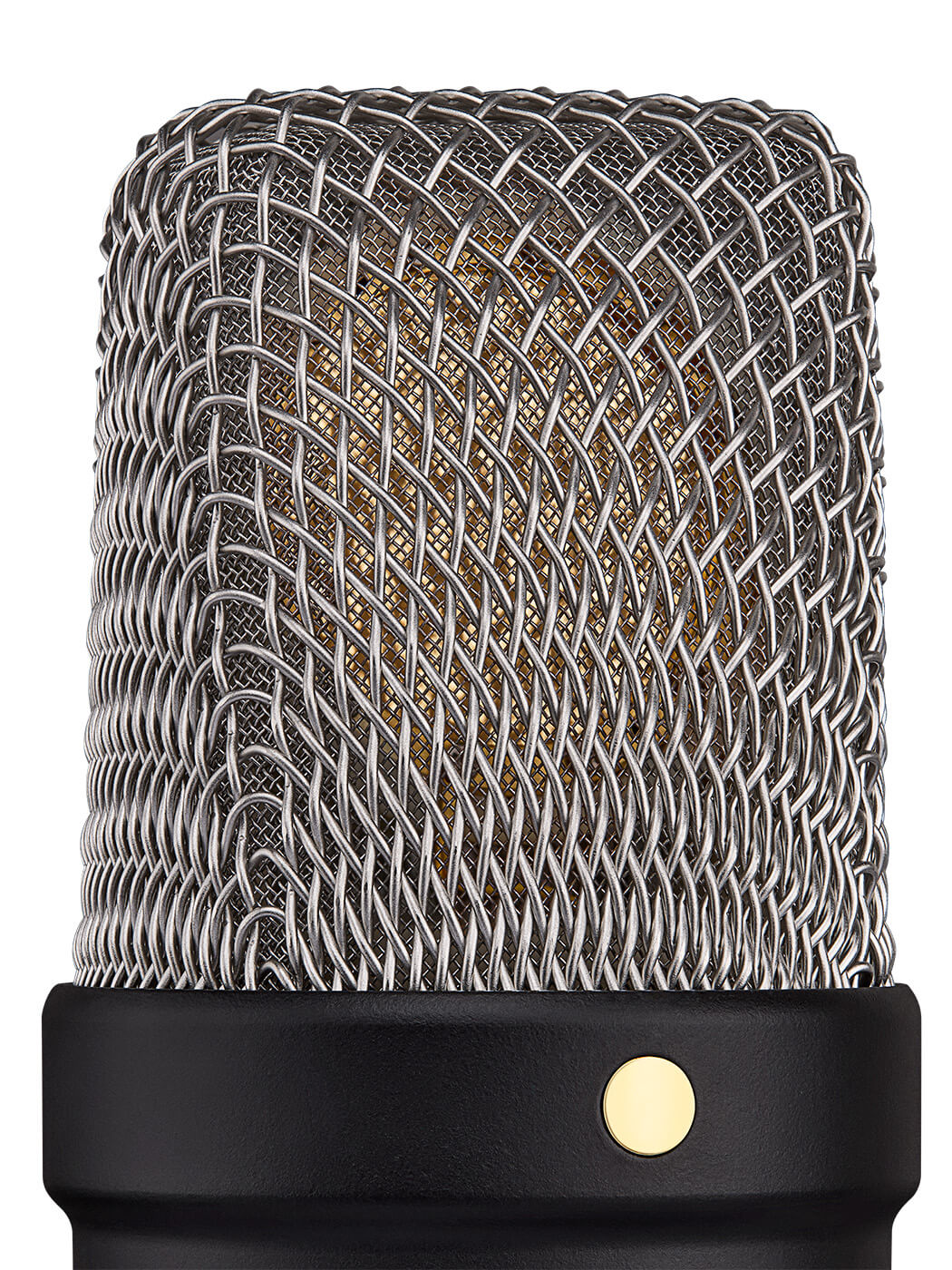
This is the first mic ever to offer a 32-bit float output, and it is a huge innovation in studio microphone technology. It can only be a matter of time before other manufacturers follow in RØDE’s footsteps.
As if all this innovation isn’t enough, the NT1 also comes with onboard DSP for advanced audio processing courtesy of Aphex. So not only do you get the classic Aural Exciter and Big Bottom effects, but also a built-in compressor, noise gate and two-step filter. You just have to download the RØDE Connect software to access the internal DSP of the mic.
Putting aside all of the digital tech for a second, the microphone features RØDE’s large diaphragm (1-inch), HP6 gold-sputtered capsule, first introduced on the 4th generation NT1. This is a cardioid-only design and, in practice, the mic has a fairly tight cardioid response that helps you focus on your desired source and reject unwanted bleed from extraneous sounds.
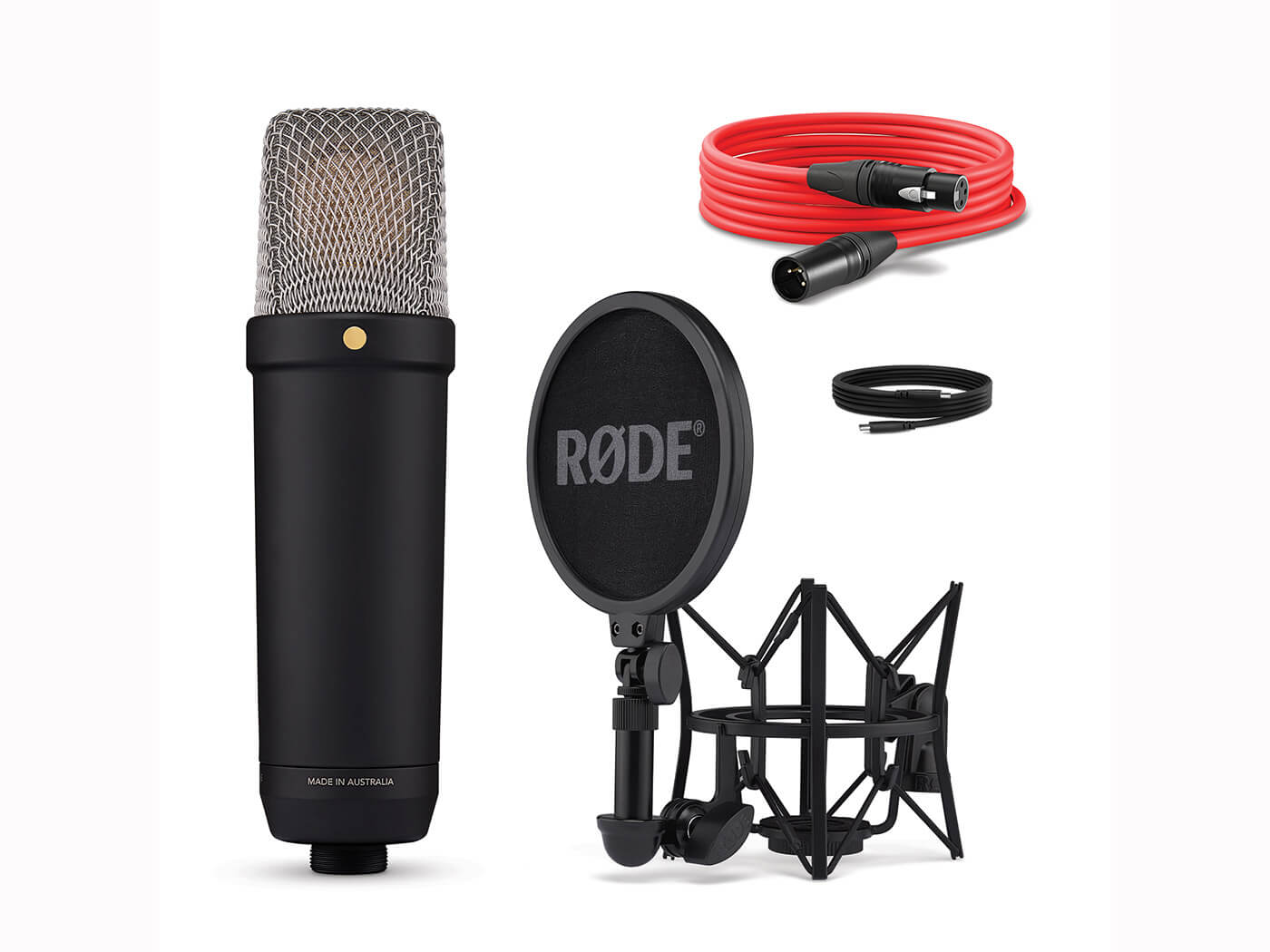
The mic’s aluminium body is available in either black or silver and, as with previous generations, is durable and scratch resistant. And despite all the digi-tech packed inside, the mic isn’t unduly heavy so it won’t place an unnecessary burden on your mic stand. While RØDE doesn’t go as far as to include a stand in the package, it does supply a decent-quality shock-mount and pop filter.
Once you’ve downloaded the relevant RØDE Connect software for your DAW, you’ll have access to the onboard filters, compressor and the wonderful Aphex Aural Exciter. We’ve used an original Type C Aural Exciter to work its unique top-end magic for decades; it really is a secret weapon to add a classy sheen to vocals.

As for the NT1, in pure analogue form, it remains a basic but multi-faceted studio mic. Its versatility doesn’t present itself by way of user adjustability, though, as this is a no-nonsense cardioid-only mic with no attenuation pad or switchable HPF; you’ll need to use the filters on your preamp in the analogue domain.
Where the NT1’s flexibility is most apparent is in its ability to effortlessly record all manner of instruments, as well as its stellar performance as a vocal mic. In this regard, the mic’s inherent low-mid warmth coupled with its gently rising response in the high treble region flatters most vocalists, adding a touch of richness and sparkle you don’t get with more neutral-sounding condenser mics.
While the mic has a nicely detailed mid-range, the NT1 never has been the last word in midrange transparency and although we wouldn’t go as far as suggesting the mic has a scooped mid response, some users will find themselves adding a presence boost for more pop oriented vocal recording.
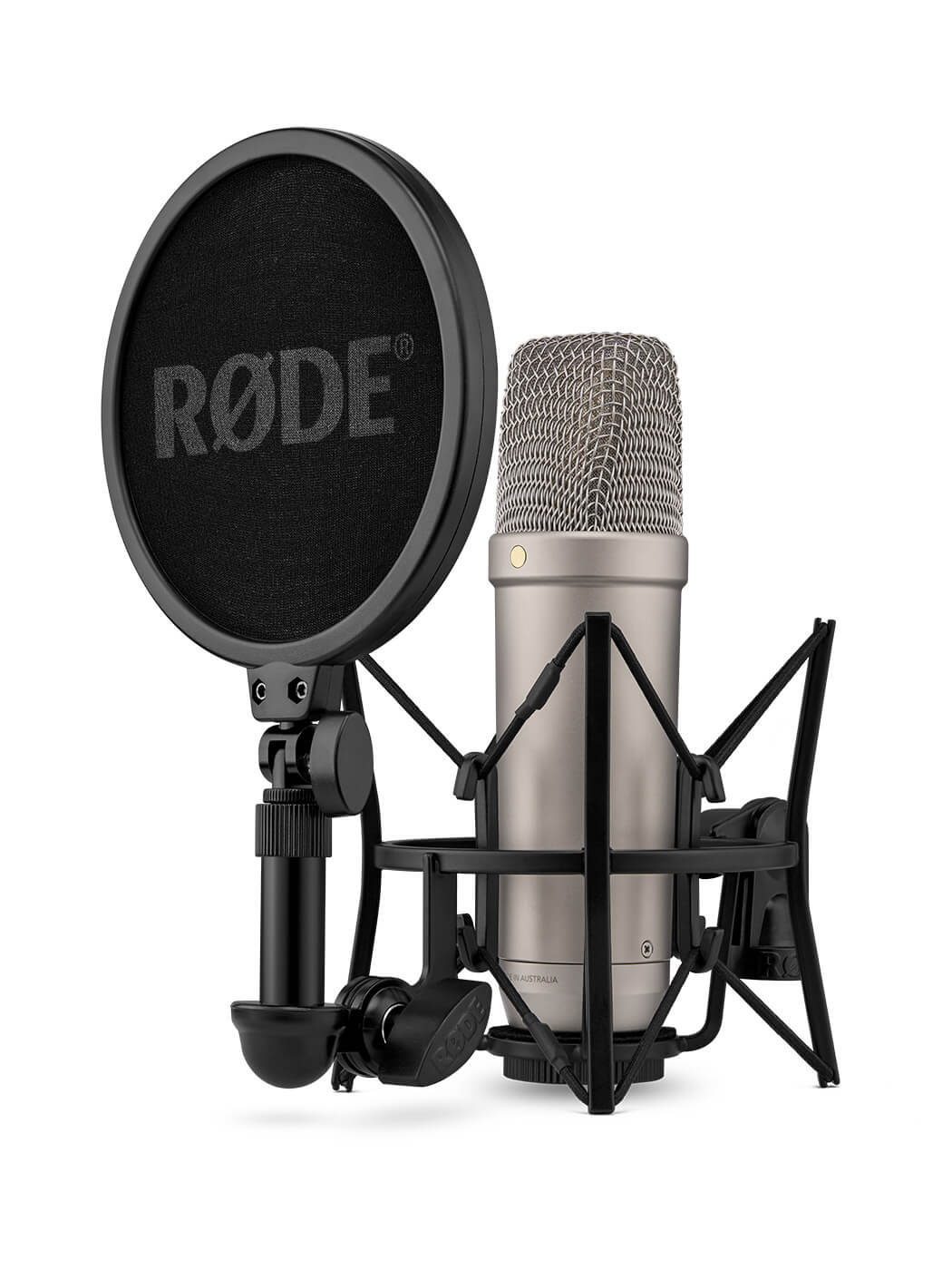
Vocals aside, the NT1 sounds lovely on acoustic guitar and piano, while drums are particularly well served by both the mic’s tonal balance and high SPL handling ability. A well-placed pair of NT1s over a great-sounding drum kit produces a wonderfully natural stereo drum sound and we are particularly impressed with its performance as a close mic on floor toms.
Should you be called upon to record brass instruments, the mic’s impressive upper bass gusto, subtle top-end lift and smoothly soft characteristic prove a great match for the rasp of trumpets and trombones.
RØDE’s NT1 5th Generation is a wonderful and remarkable product. It remains the class-leading, affordable large diaphragm condenser microphone it has been for three decades, yet now incorporates USB and DSP smarts that make straight-to-DAW recording pain-free.
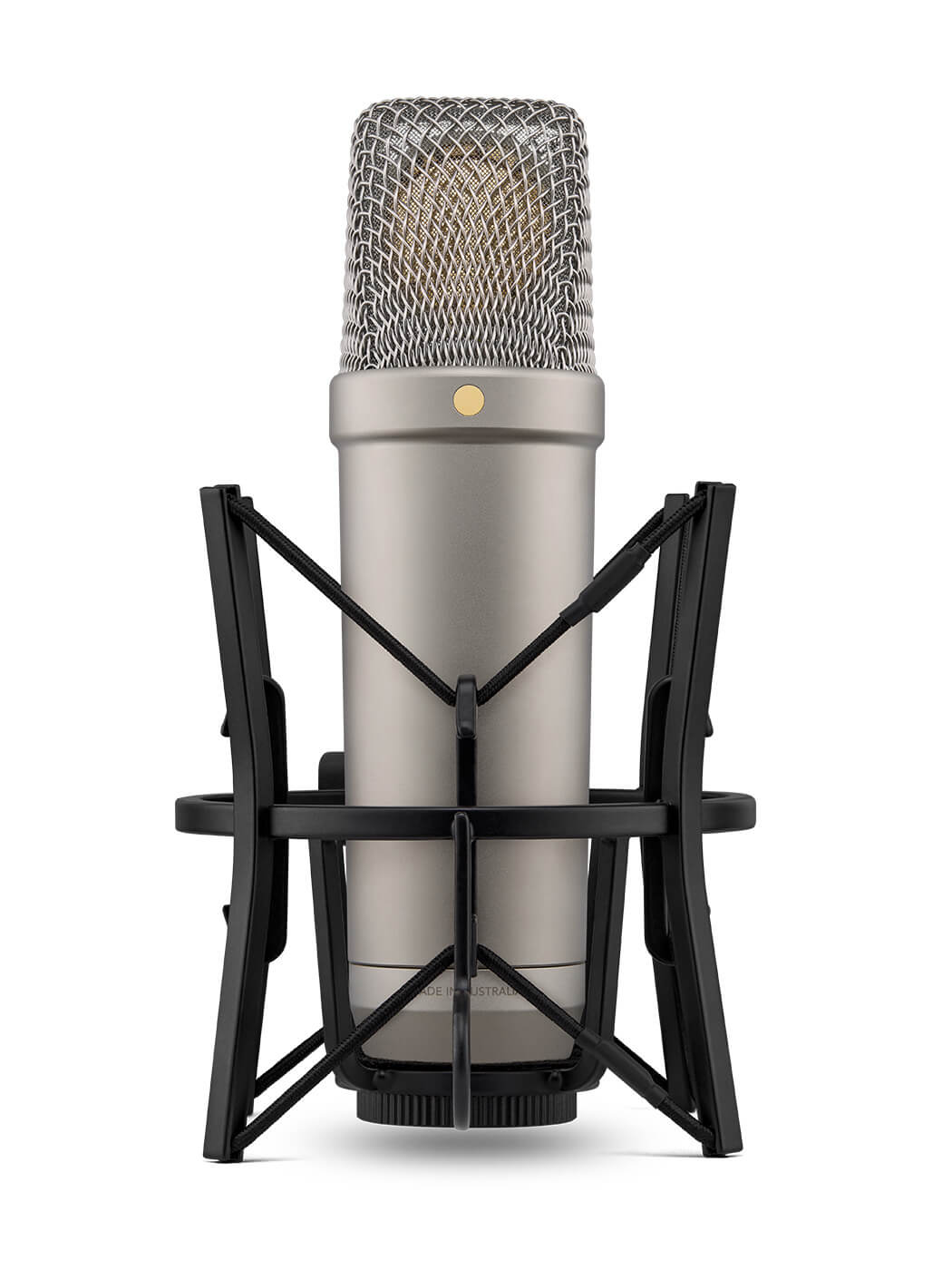
Key Features
- Fixed cardioid HP6 capsule
- Shock mount and pop shield
- Dual Connect XLR/USB-C output
- 32-bit floating-point digital output
- Internal DSP with filters and compressor
- Aphex Aural Exciter and Big Bottom DSP
- $259
- Contact RØDE
- Buy: RØDE, Production Gear